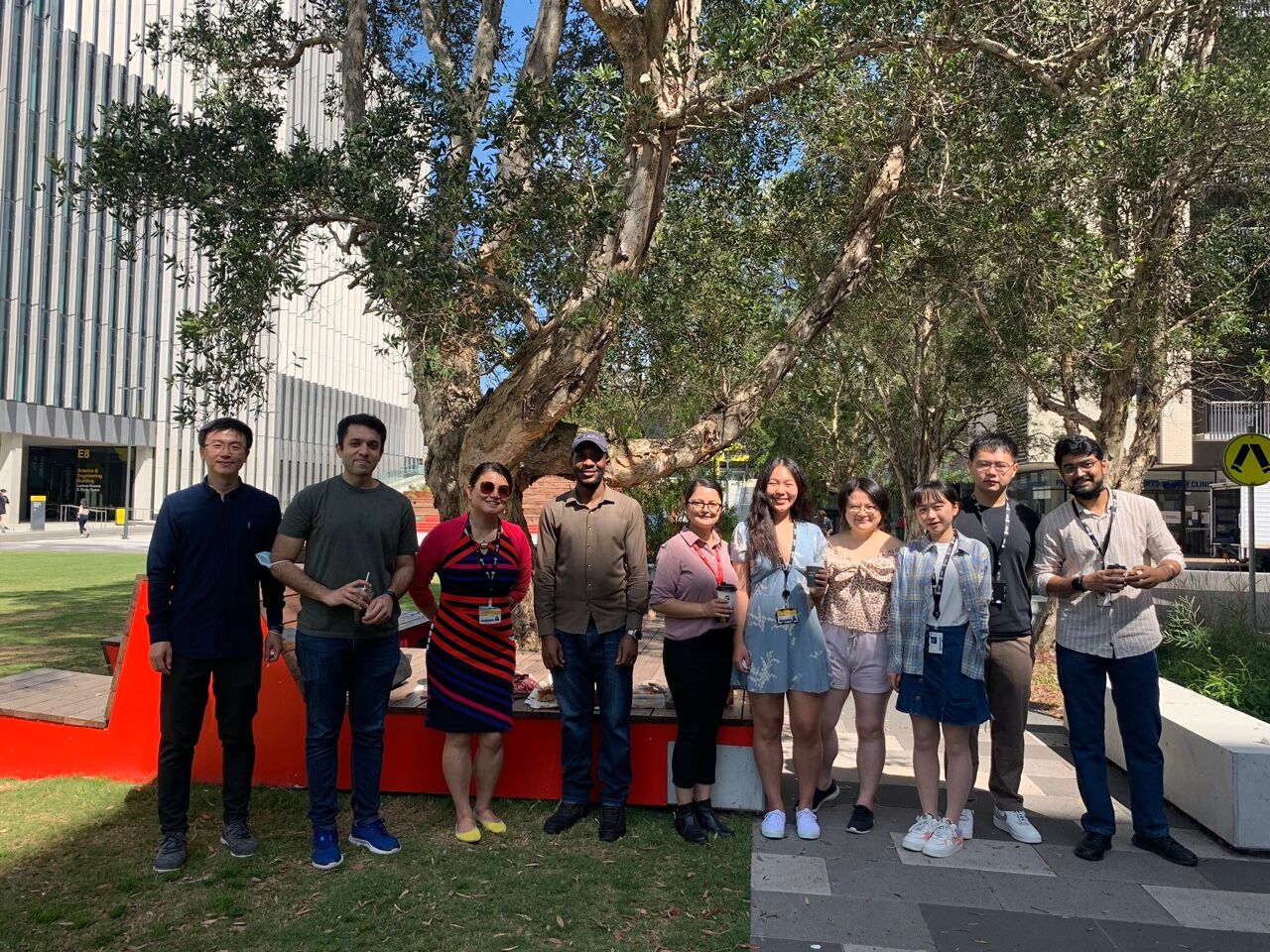Congratulations Woojeong Kim from the UNSW – Winner of the RedShiftBio StructIR Lab Grant Program

Woojeong Kim, a PhD student from the School of Chemical Engineering, University of New South Wales (UNSW) under the guidance of Professor Cordelia Selomulya and Dr. Yong Wang, was recently selected from an overwhelming number of submissions to receive the first RedShiftBio StructIR Lab Grant.
“I’m glad that Woojeong has the opportunity to use microfluidic modulation spectroscopy for her project and look forward to the interesting outcomes” said Professor Cordelia Selomulya
The group works on particle and drying technologies in food and dairy formulations, in particular, emulsion stabilisation mechanisms, powder production using spray drying, and computational modelling to improve the process and properties of particles and powders.
This highly competitive grant announced in October 2021, will fund Woojeong’s current research project through sample testing and analysis with access to RedShiftBio’s StructIR Lab. Staffed by a dedicated scientific team of experts, the facility houses several of the company’s flagship AQS³pro instruments. Known for its ground-breaking novel Microfluidic Modulation Spectroscopy (MMS) technology, the AQS3pro overcomes many of the limitations of traditional spectroscopy-based technologies.
“I feel honoured to receive this grant and am excited to share new knowledge from this work, especially in characterising complex food formulations. I would like to express special gratitude to Dr. Yong Wang who let me know about this grant”, said Woojeong.

Woojeong’s PhD project aims to improve the functionalities of plant proteins using protein blends from different food sources, particularly focusing on protein interaction, structural modification, and food application including encapsulation and powder production. The emerging trend towards clean-label food products containing natural ingredients in food industry drew her attention to work on utilising food proteins as natural emulsifiers, ultimately enhancing the functionality and shelf lives of food ingredients and products with minimal processing. Studies have shown that the addition of alginate, a polysaccharide, improves the stability of binary whey/pea protein-stabilised emulsions by enabling protein fractions to be attached at the oil/water interface for a long storage period. Currently, Woojeong is exploring protein interactions between pea and whey protein and developing binary protein-based wall materials that can maximise emulsifying properties and encapsulate nutrients efficiently. Her plan is to apply the designed systems to food products in various formulations such as gels, emulsions, and powders. Using MMS, Woojeong hopes to resolve the shortcomings of Fourier-Transform Infrared Spectroscopy (FT-IR) or Circular Dichroism (CD) in examining the secondary structures of proteins.
“Protein structural analysis is a very important part of my project, as common characterisation methods were not sufficient to analyse my samples…. MMS technology has the potential to provide a breakthrough in detecting protein aggregation and structural similarity. Measuring the original samples without dilution is a major advantage of this technology given the instrument can cover a wide range of sample concentrations (0.1-200 mg/mL)” said Woojeong.
In FT-IR analyses, moisture has to be removed via freeze-drying, while the sample forms a protein film, which can cause structural deformation. In addition, protein solution samples are prepared at relatively low concentrations meaning the absorbance of the protein complexes can fall below the detection limit. For CD, the method is regarded a low-resolution technique, which requires significant dilution of the samples and a limited selection of buffers that may affect the accuracy of results.

Never before have scientists been able to analyse the secondary structure of proteins and other large molecules so easily, quickly, and effectively until now. MMS provides ultrasensitive, highly reproducible, automated structural measurements of proteins and other biomolecules. Able to differentiate <2% change in HOS, the technique can be used for a wide range of applications from formulation development of mAb-based biotherapeutics to robust measurements of ADCs, AAVs, and mRNA.
The company is also announcing a second StructIR Lab Grant program specific for Australia/NZ – Please register your interest to apply.
For further details please contact us,
ATA Scientific Pty Ltd
www.atascientific.com.au
or Email Peter Davis: pdavis@atascientific.com.au




 02 9541 3500
02 9541 3500